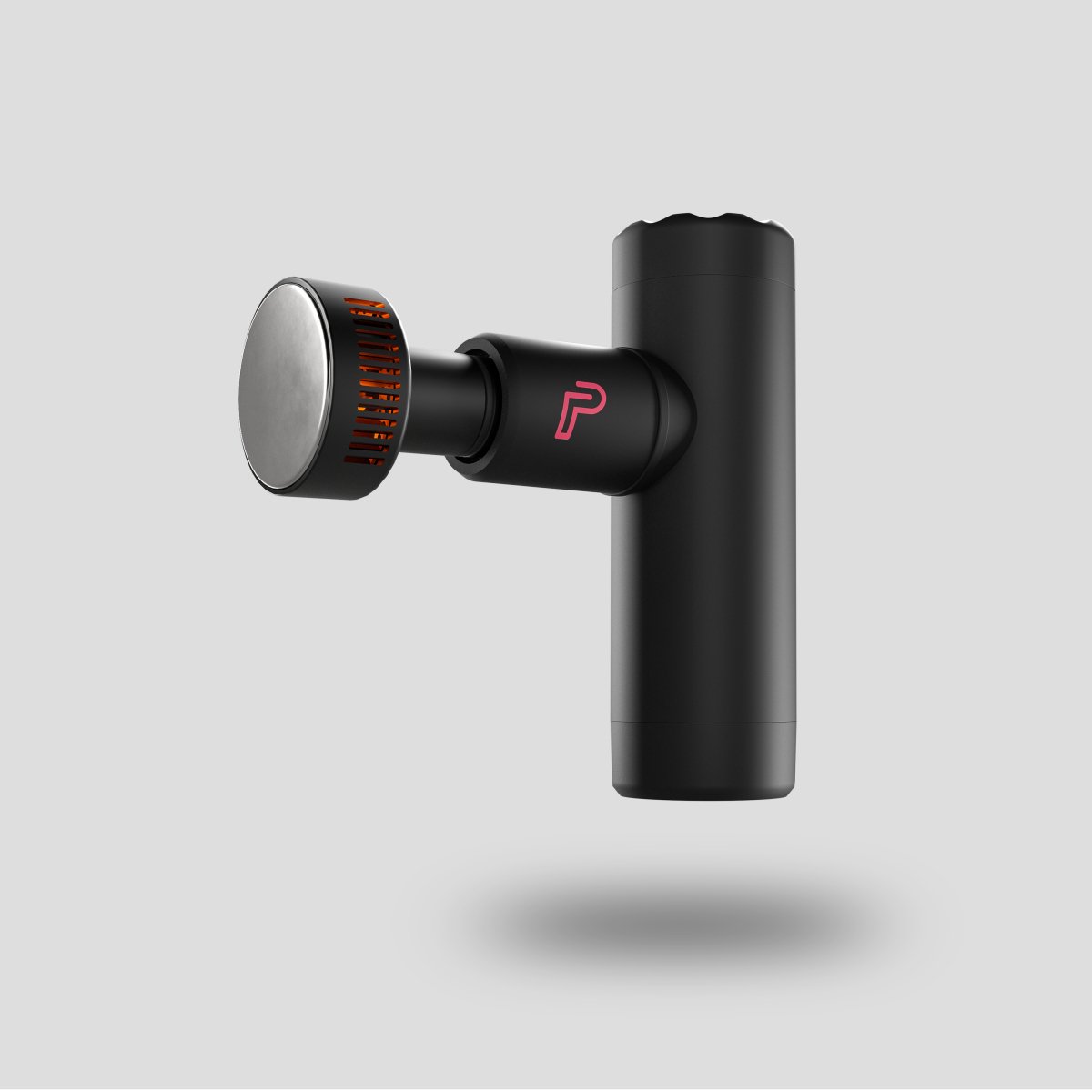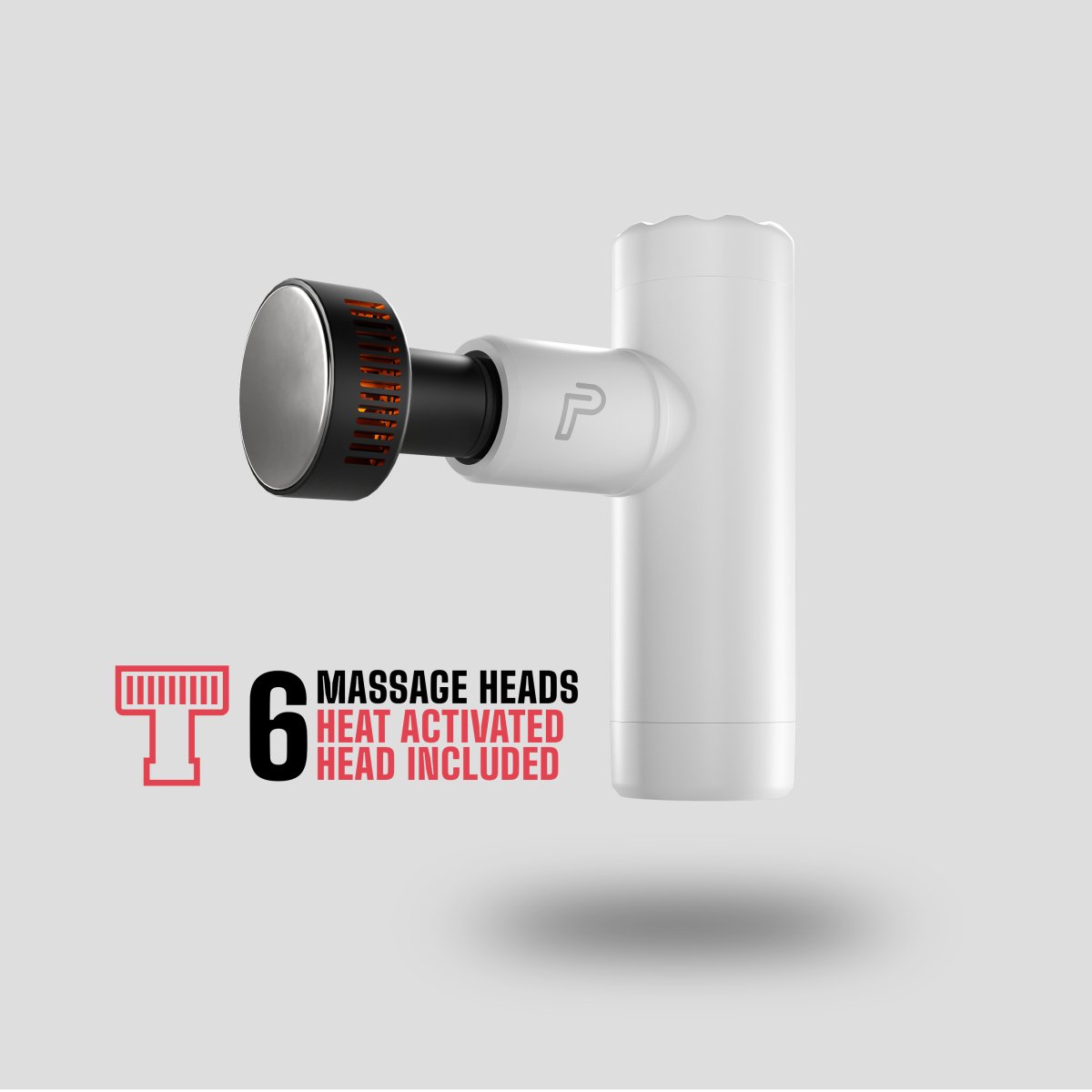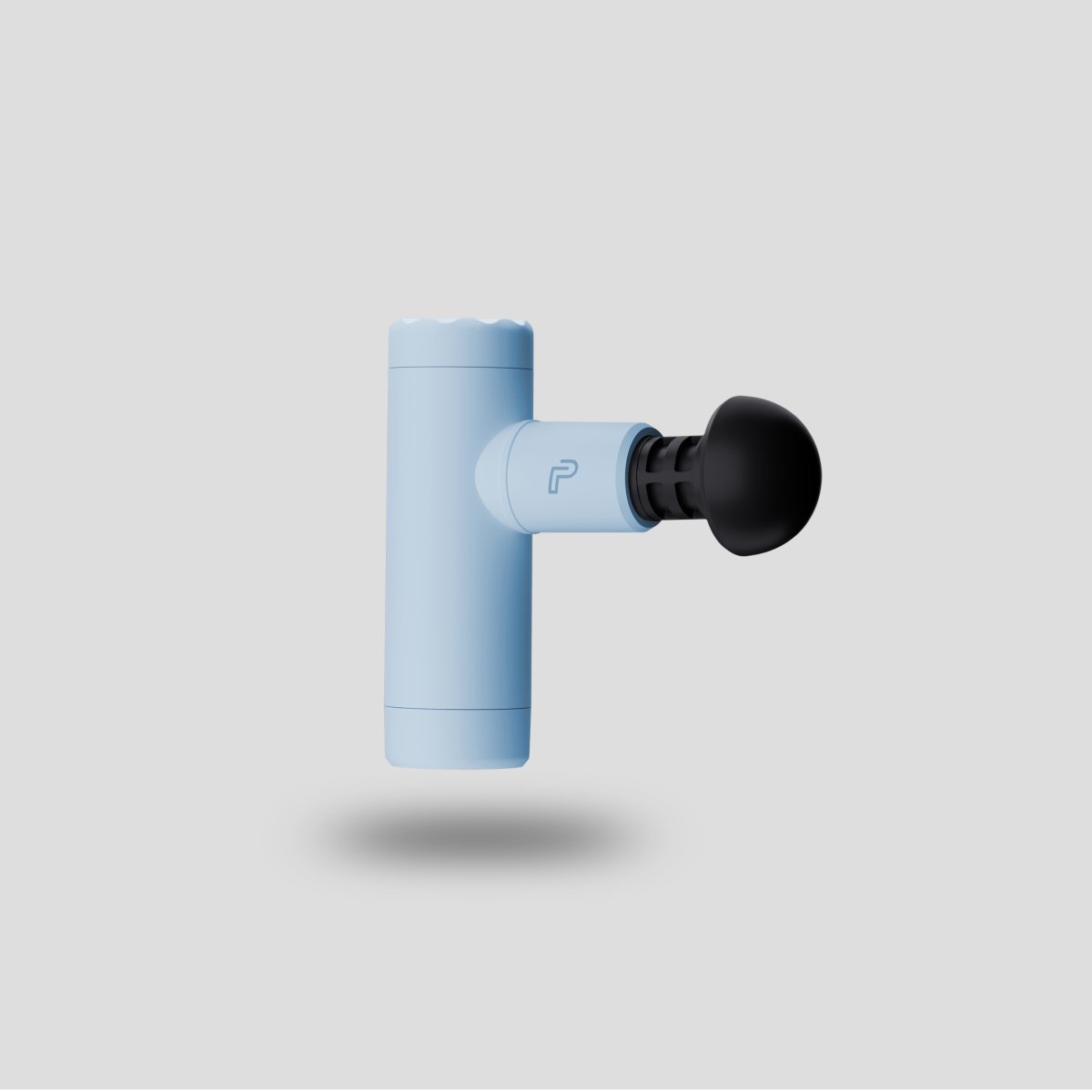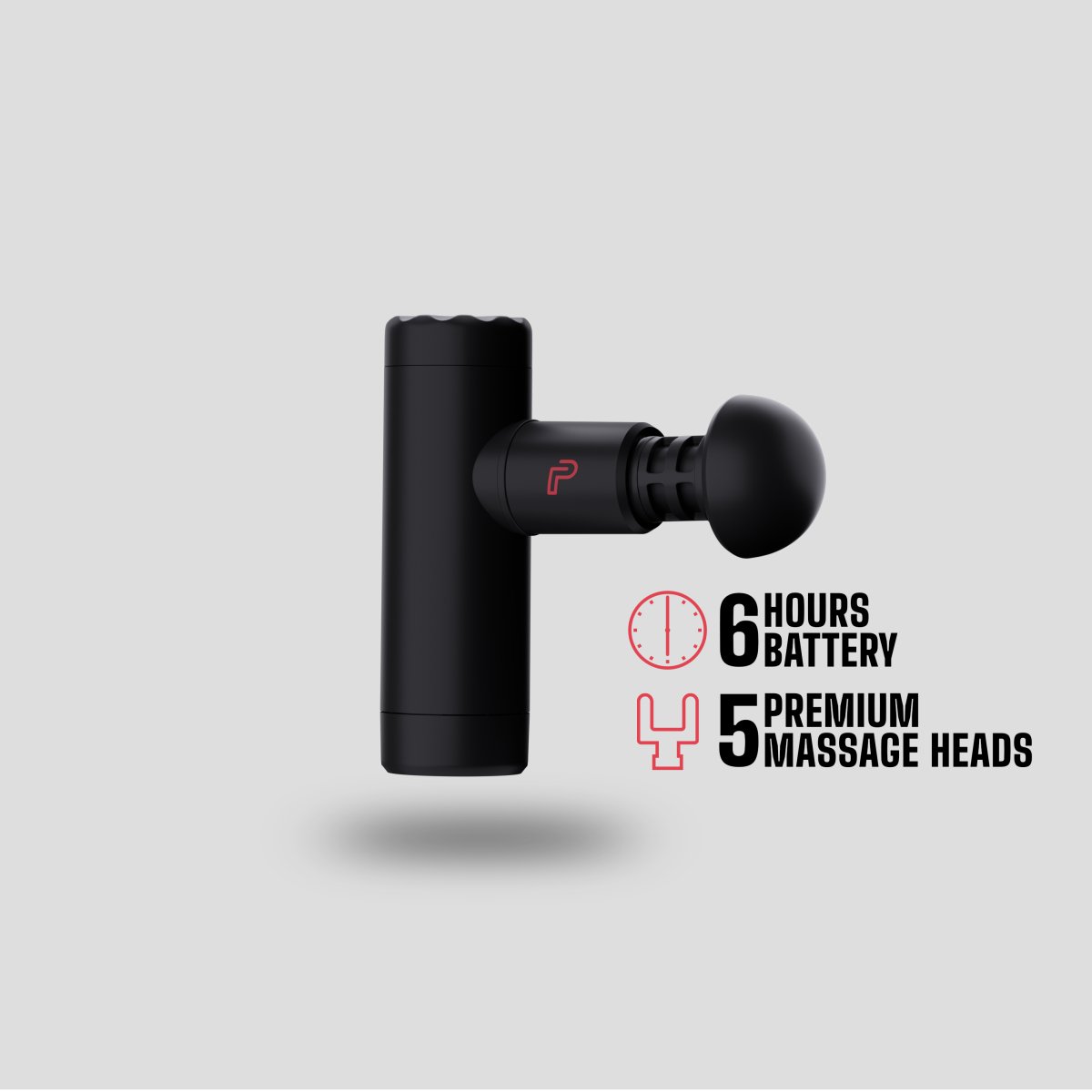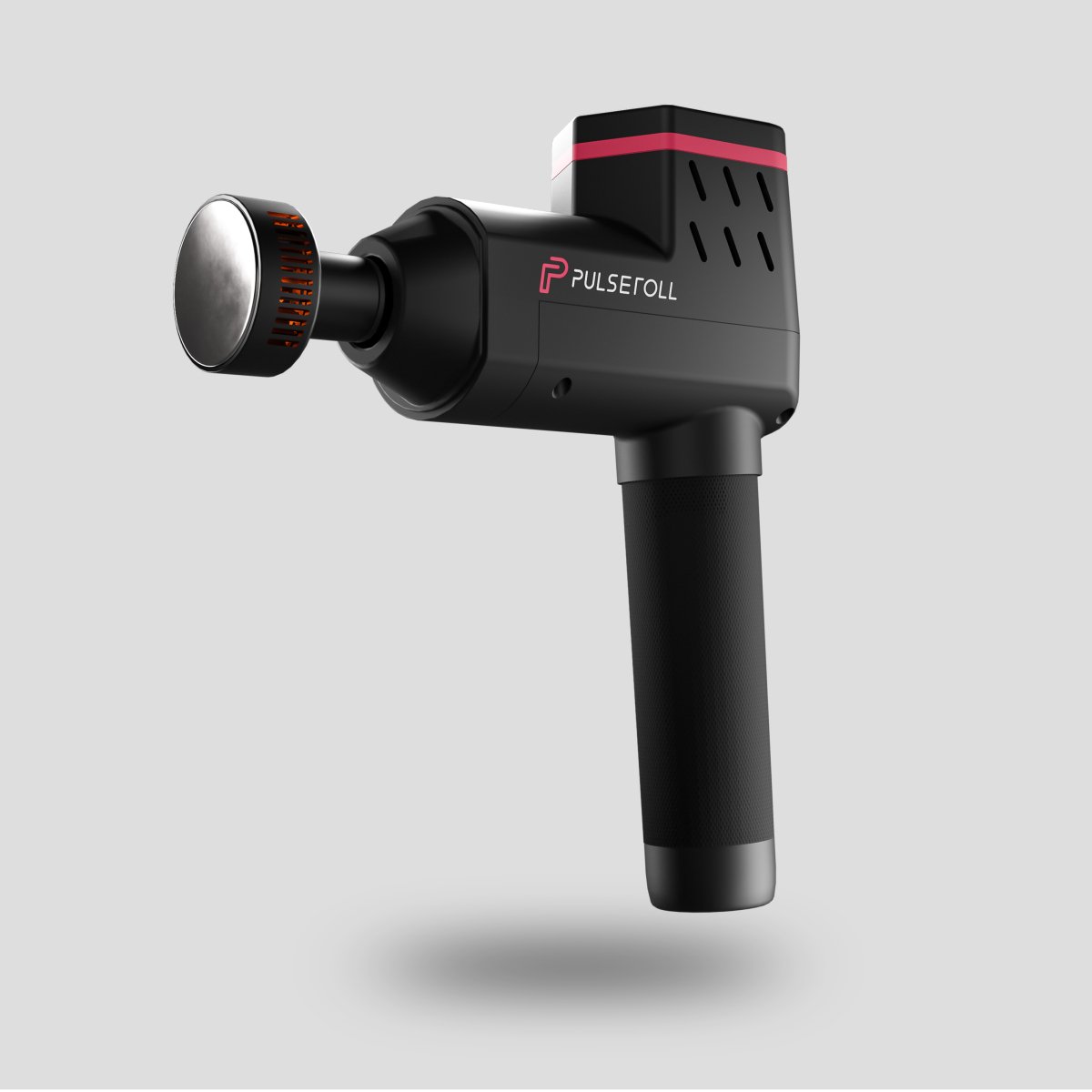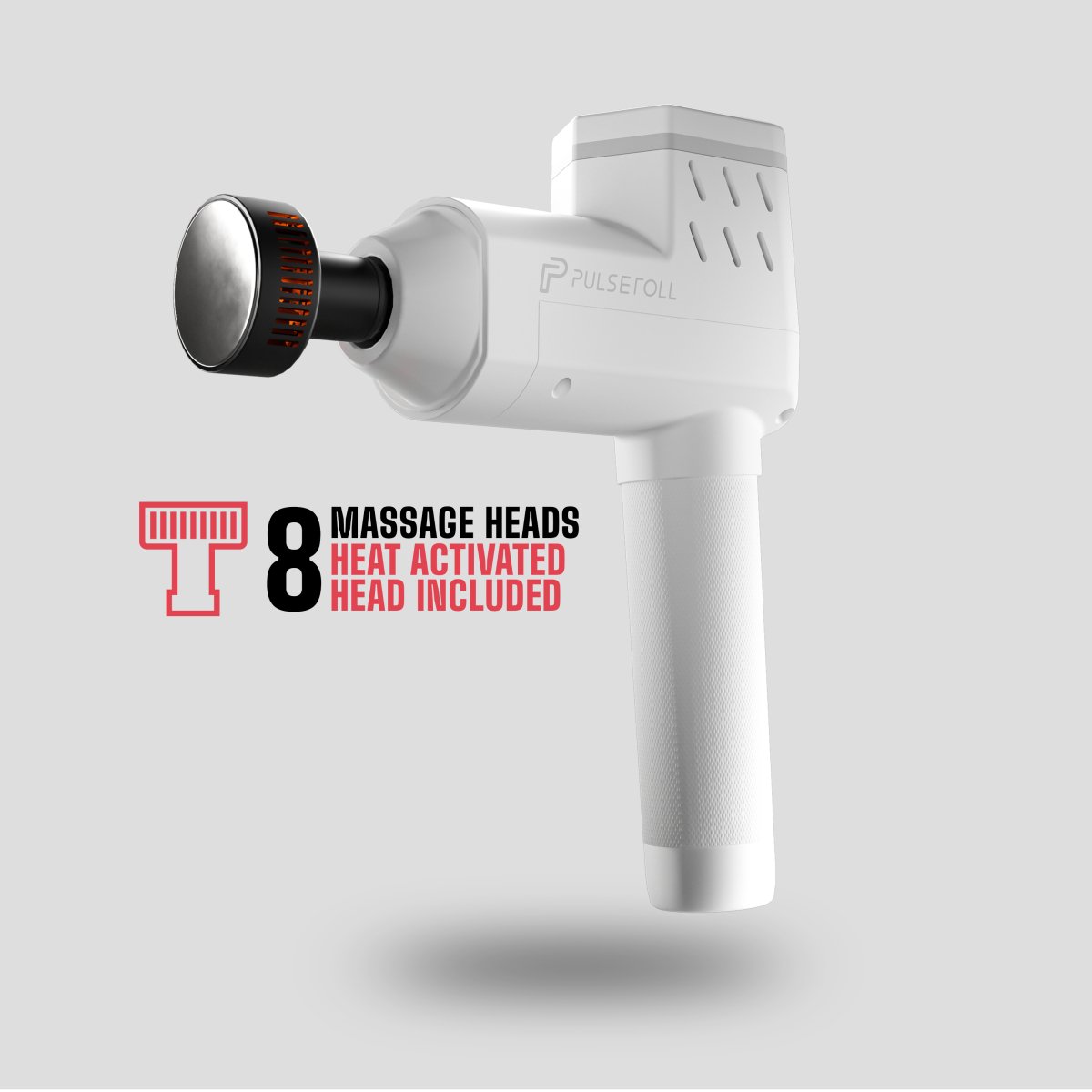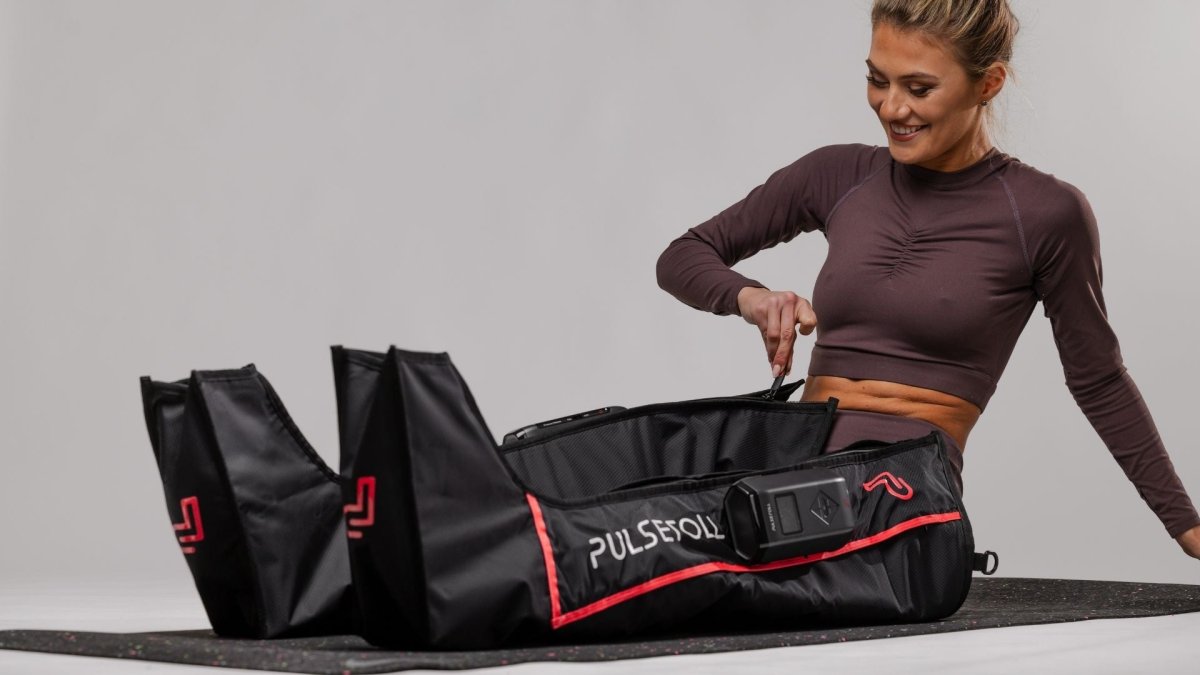Myofascial release is a type of physical therapy often used to treat myofascial pain syndrome. Myofascial pain syndrome is a chronic pain disorder caused by sensitivity and tightness in your myofascial tissues. These tissues surround and support the muscles throughout your body.
The pain usually originates from specific points within your myofascial tissues called “trigger points.” Trigger points are often ‘triggered’ (so to speak) during intense workouts.
To find out more about how to correctly use myofascial release tools, keep reading this blog!
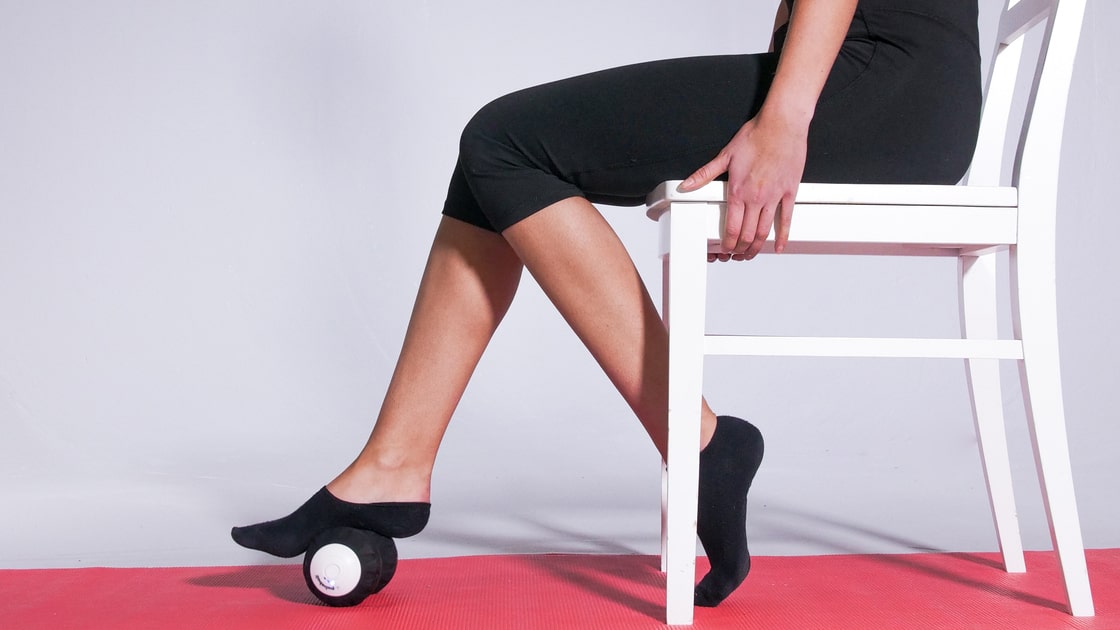
Why can myofascial therapy release trigger points?
Myofascial release therapy, as a technique, is mostly used to restore mobility and increase range of motion. Often, those who benefit the most from this kind of theory are those people who suffer from chronic injuries and posture problems, as this technique enhances healing and reduces muscular pains.
People who benefit from myofascial release, and similar deep tissue massages, are those who suffer from:
● Long-term back problems
● Headaches & migraines
● Fibromyalgia
● General stiffness and arthritis.
Is myofascial release the same as deep tissue massage?
Essentially, yes! Both myofascial release and a deep tissue massage are techniques where deep, but gentle, sustained pressure is placed into the fascial connective tissues. These methods are used to release any pain that is being caused.
What are the benefits of deep tissue massage and myofascial release?

Deep tissue massage and myofascial release have immense benefits for your muscles, tendons, ligaments, and nerves, making this form of recovery ideal for people who are dedicated gym-goers and often find themselves struggling following a workout.
The therapeutic value of myofascial release and deep tissue massages extends to your entire body due to the way it improves your circulation. Myofascial release restores the health of your fascia, allowing it to function properly and prevent adhesions, tension, and other sources of muscle pain.
Here are the main benefits you can gain from massage therapy:
● Prepares your body for exercise and helps prevent injuries
● Helps your muscles recover faster from exercise
● Reduces delayed onset muscle soreness (DOMS)
● Relieves muscle pain and tension
● Improves your range of motion
● Increases circulation
Are there myofascial release tools that I can use?
There are a range of myofascial release tools that can be used on the body to aid recovery and here at Pulseroll, we’ve got a whole collection of them!
To receive a deep tissue massage at home, the Pulseroll massage gun is perfect! The massage gun uses powerful vibration technology that hits the right spot, and with 4 speeds this massage gun benefits people who would like an intense massage or even a regular massage at home.
We’ve even got the mini massage gun version, meaning that you can pop this little baby into your bag for use whenever and wherever you are!
Additionally, we’ve got the vibrating foam roller. This myofascial release tool has been specifically designed to target larger areas of the body so you can really hone in on any problem areas. If you’re suffering with some painful trigger points in your back, this tool is for you. Simply lie in a comfortable position and place your affected muscle group onto the foam roller and get the vibrations to do the work!
If you’re looking to target specific areas, try using a massage ball. You can use a massage ball virtually anywhere and anytime by simply applying pressure from the ball against your sore muscle. This will allow you to really target the problem area.
Massage balls are a great method of providing myofascial release as they can be used on any and all parts of the body! Our vibrating massage ball makes for an innovative massage as the vibrations from the ball really target the problem area and work to soothe out the pain.
For more information on our range of myofascial release tools, head over to our muscle recovery hub and read more from the team of experts.






